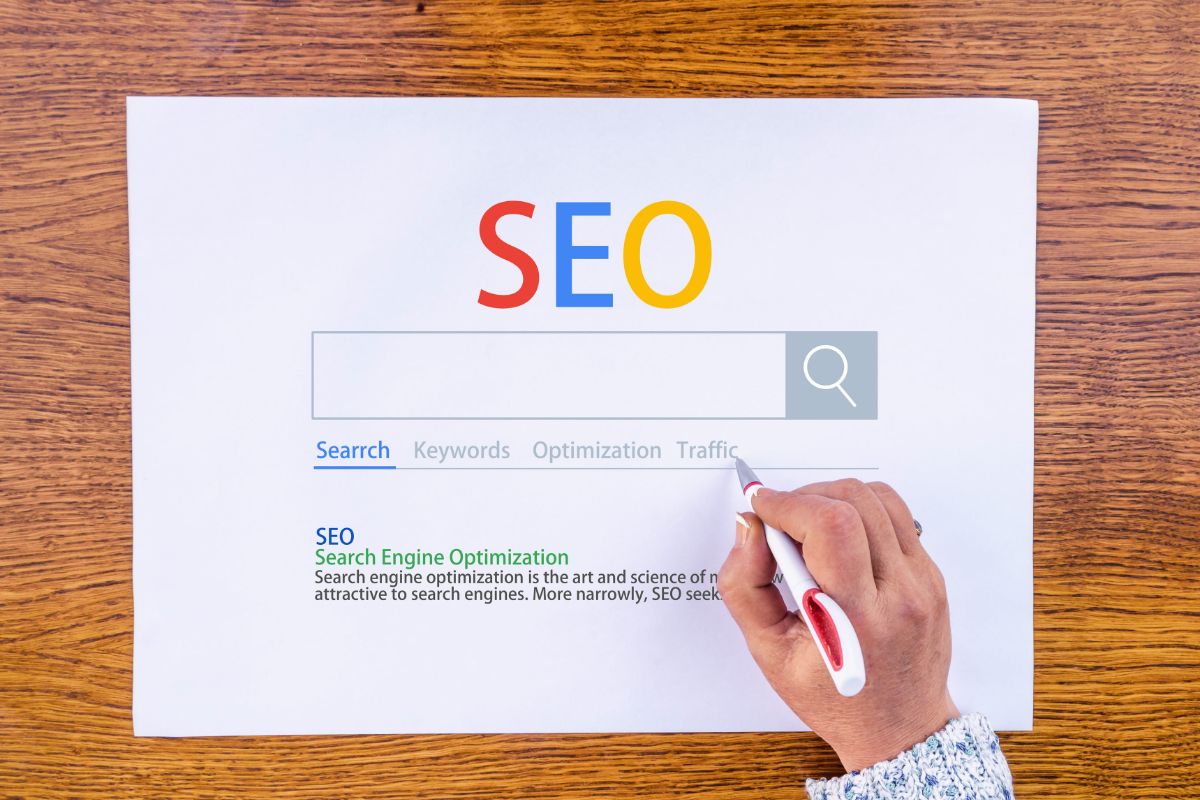Optimising your web content for search engines

In today’s digital age, having quality online content is key to getting noticed and driving traffic to your website. Nowadays, most people search online for information about products or services. In order to make your content accessible and interesting to your users, you need to deal with “SEO” and optimise your web content for search engines. In this article, I will give you some tips to help you make your web content more visible on search engines.
Use quality and relevant content
Using quality and relevant content is crucial for search engine optimization. Of course, SEO also includes technical optimisations, such as On-Page SEO, to increase the visibility of a site on specific search terms. However, the content of a page can also have a positive impact, as fresh, unique and interesting content not only appeals to readers, but also provides valuable information to search engines.
Creating quality and relevant content is both an art and a science. To develop quality content, you need to know your subject well and provide your readers with useful information. In addition, using the right style and format is also very important. Writing master tags, H1 tags, organising the content into sub-sections, and relevant images with optimised captions can make the content more interesting and easily readable.
This is where SEO by a seo copywriter melbourne can offer a plus to site owners: if they want lasting results, content must be optimised for the most relevant keywords and search engines like fresh, rich content. While technical optimisations are essential for good SEO, content must also be taken into account. Relevant and quality content will certainly go hand in hand with improved visibility and reputation with search engines.
Improve internal linking
Internal linking is an essential practice in search engine optimization (SEO). It consists of adding internal links to your site or blog so that Google and other search engines understand its structure and redirect it correctly.
In addition, internal linking is good for SEO because it improves user-friendliness and makes it easier for users to move from one page to another. At the same time, it reduces the bounce rate.
You can improve your internal linking by creating links between similar pages – such as the products in your catalogue – and by adding relevant keywords in the link anchors. The title and h1 tags are also very useful. It is advisable to optimise them as much as possible and to ensure that they correspond to each page.
Finally, don’t forget that internal linking is not just about links. A good visual layout, a good design layout and a good page layout are also factors that can influence organic referencing.
Implementing a comprehensive optimisation system
It is important to set up a global optimisation system in order to improve the good referencing of keywords and content, and thus maximise their ROI. A global optimisation system can also help reduce page load times, improve content, and even launch targeted marketing campaigns to boost the visibility of products and services.
Conclusion on understanding how to optimise your web content for search engines
To take advantage of well optimised content for search engines, it is essential to increase the visibility and ranking of your site. The keys to a successful strategy include researching relevant keywords, creating interesting and related content, and achieving a balance between content quality and quantity. By adopting these practices in your content strategy, you will be able to maximise your site’s visibility and achieve your business goals. So start optimising your web content today and reap the benefits it offers!



